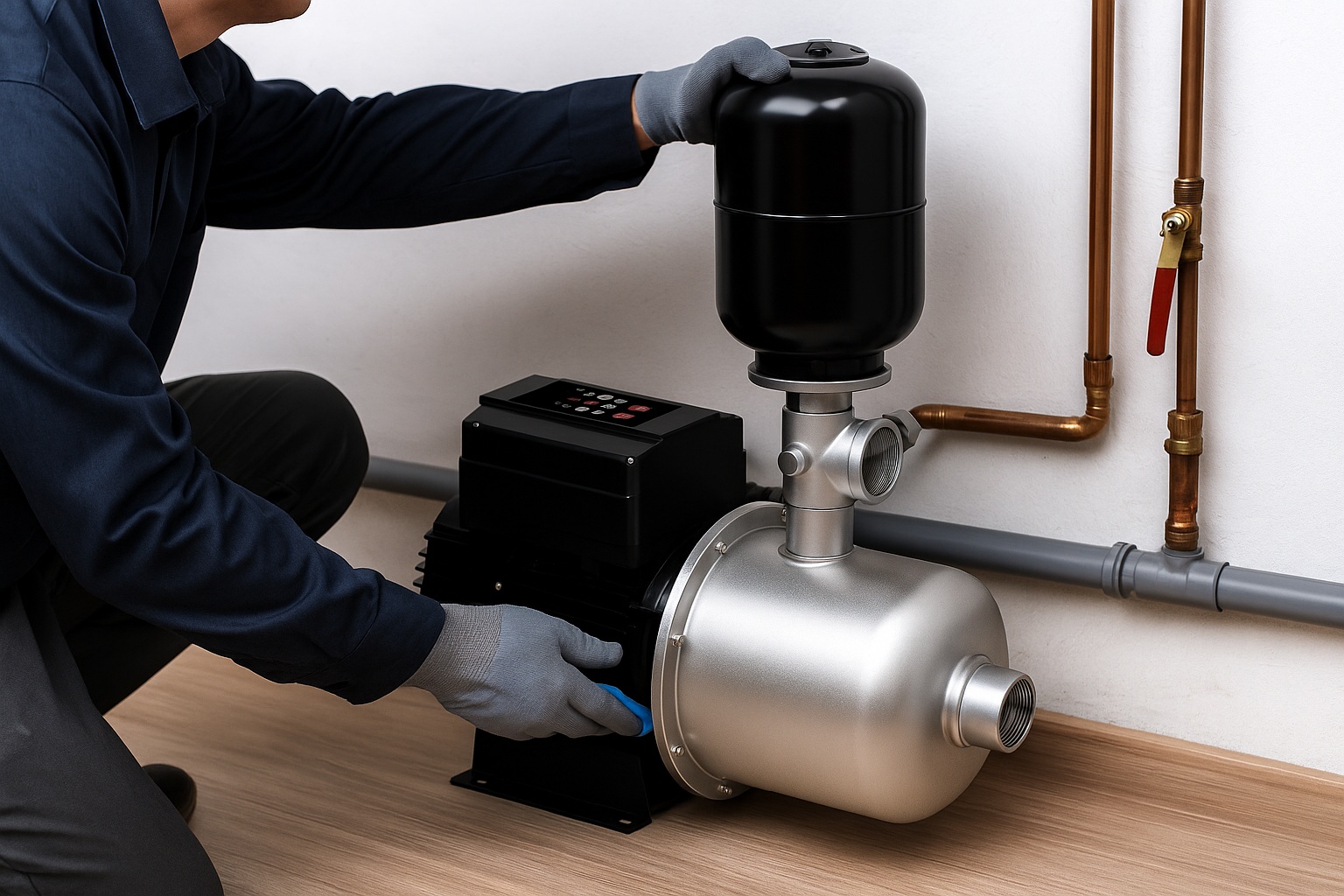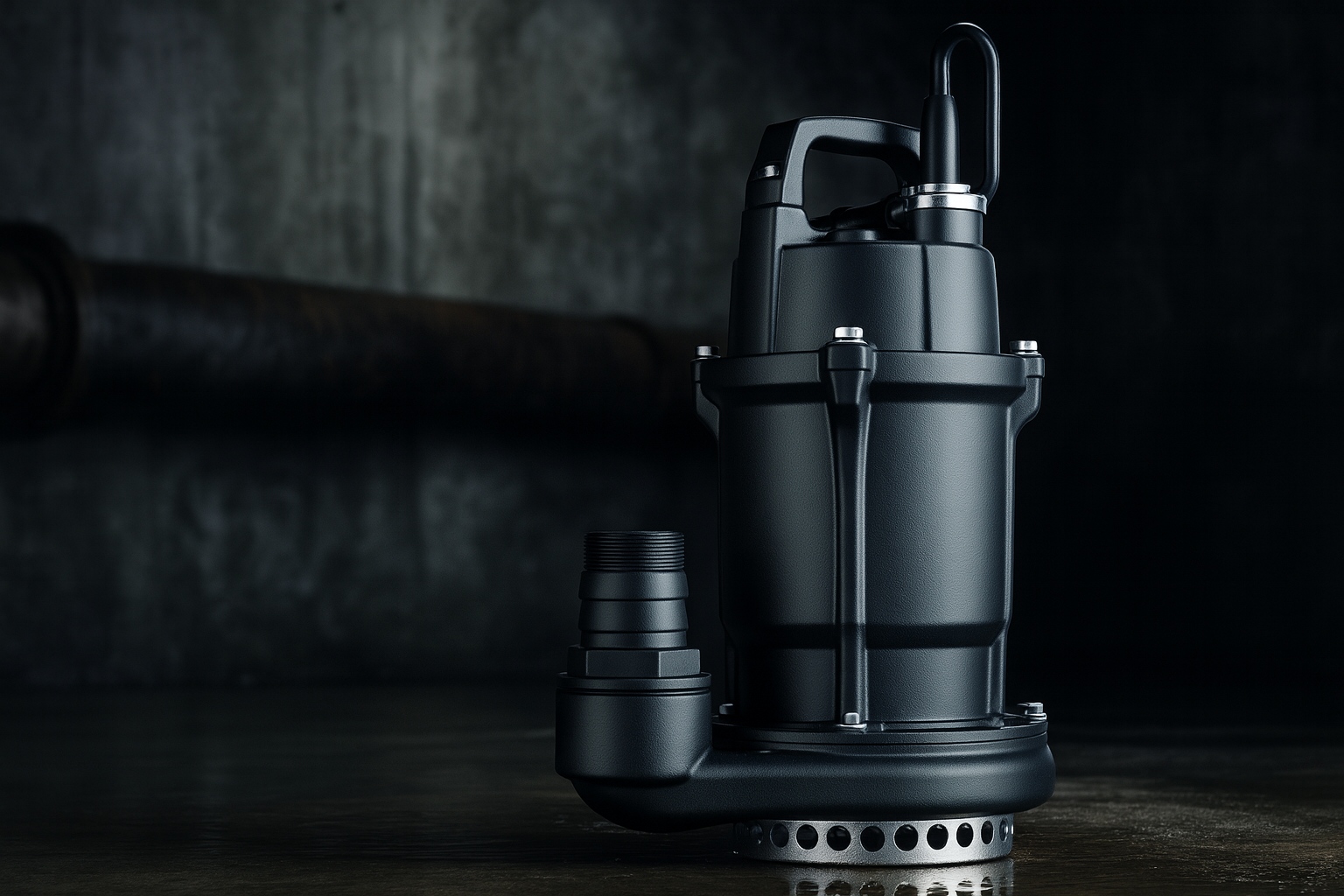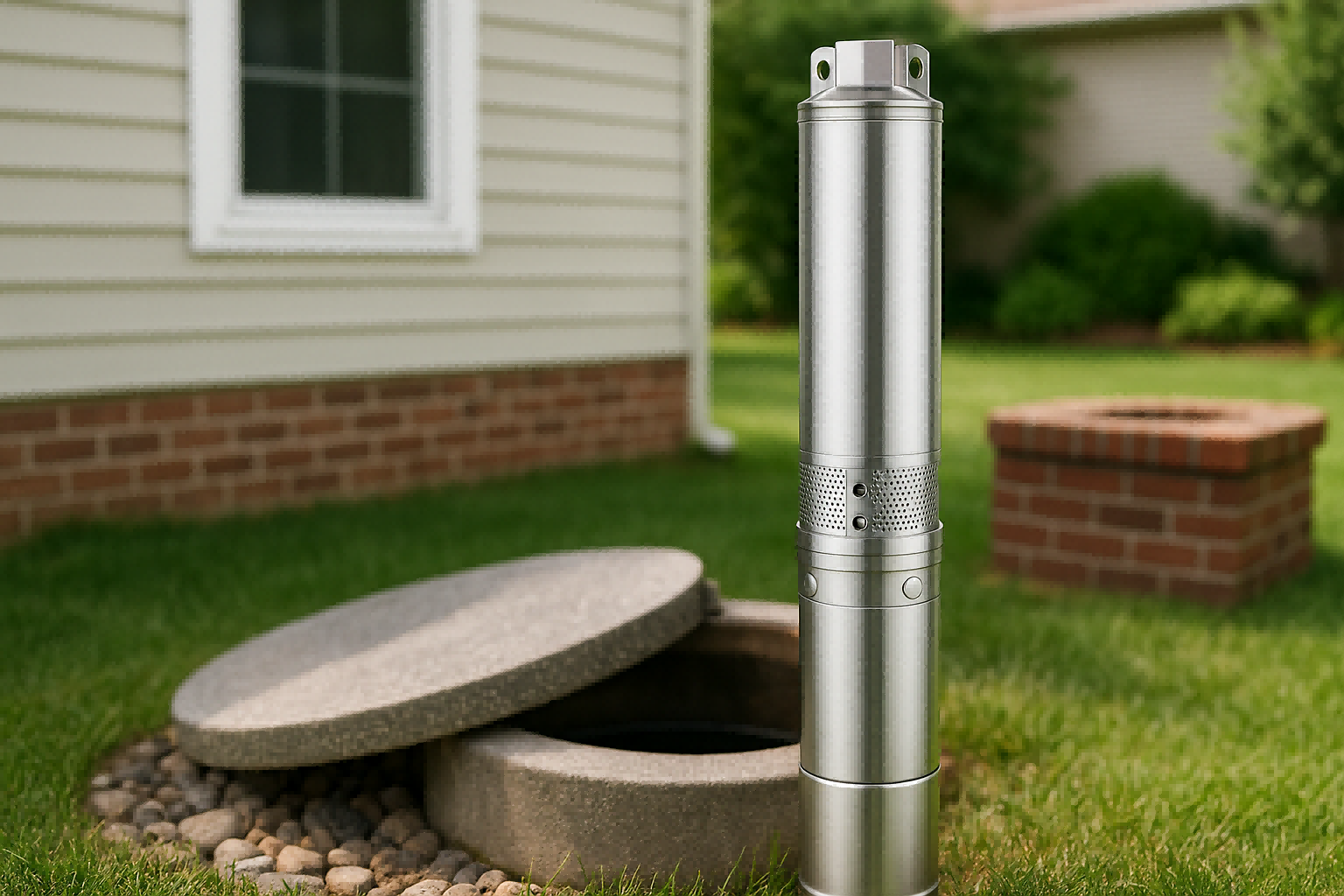Unreliable water pressure disrupts daily life and critical industries.
A robust water supply system is essential for consistent flow.
Understanding system design is the first step toward achieving this reliability.
**The three main types of water distribution systems are gridiron, ring, and radial.
Each network layout is designed to efficiently distribute treated water to consumers.
The choice depends on factors like urban design, terrain, and population density, ensuring reliability and consistent pressure across a service area.**

Delivering potable water reliably is a cornerstone of modern infrastructure.
These systems are more than just pipes; they are complex networks engineered for public health and economic stability.
Understanding the fundamental layouts used by municipalities reveals the strategic thinking behind how clean water reaches your tap.
Let's explore the core designs that keep our cities hydrated and functioning.
Understanding Gridiron Water Supply Systems
Dead-end pipes in a water system can lead to stagnant water and service disruptions during repairs.
This creates significant maintenance challenges and potential water quality issues.
Interconnected gridiron systems solve this by ensuring continuous flow and providing multiple water pathways.
**A gridiron system features an interconnected network of pipes resembling a grid.
The main water line runs centrally, with perpendicular sub-mains branching off.
This design eliminates dead ends, boosts reliability, and provides consistent pressure, making it ideal for cities with rectangular street layouts.**
The gridiron layout, also known as a reticulated system, is a highly engineered solution for urban water distribution.
Its design philosophy prioritizes redundancy and consistent service, which are critical in densely populated areas.
Unlike simpler systems, it allows water to reach any point from multiple directions.
This inherent flexibility is its greatest strength.
If a pipe section needs to be isolated for maintenance or repair, valves can be closed to reroute water flow through alternative paths.
This action minimizes the number of affected customers and ensures that essential services, like firefighting, remain operational.
The constant circulation within the looped network also significantly improves water quality by preventing stagnation, which can lead to bacterial growth and unpleasant taste or odor.
Key Characteristics of a Gridiron System
The interconnected nature of a gridiron system offers several distinct advantages.
Calculations for water flow and pressure can be more complex due to multiple flow paths, often requiring hydraulic modeling software for accurate design and analysis.
However, the operational benefits typically outweigh the initial design complexity.
| Feature | Description | Implication |
|---|---|---|
| Interconnected Pipes | All pipes are linked, forming a closed loop network with no dead ends. | Provides high reliability and redundancy. |
| Multi-Directional Flow | Water can travel to any point through several different routes. | Ensures continuous supply during pipe breaks or maintenance. |
| Pressure Management | Pressure is more evenly distributed throughout the network. | Reduces significant pressure drops during high-demand events. |
| Water Quality | Continuous circulation prevents water from becoming stagnant. | Minimizes risks of bacterial growth and maintains freshness. |
Ideal Applications
Gridiron systems are best suited for well-planned urban areas.
Their structure aligns perfectly with rectangular or grid-like street patterns, making installation and mapping straightforward.
- Densely Populated Cities: The high reliability is essential where service interruptions can affect thousands of people.
- Commercial and Industrial Zones: These areas require consistent water pressure and supply for their operations, including fire suppression systems.
- New Urban Developments: Planners can integrate the grid system from the ground up, optimizing efficiency.
While the initial installation cost is higher due to the need for more pipes and valves, the long-term benefits of improved reliability, better water quality, and easier maintenance make the gridiron system a superior choice for modern cities.
Exploring Ring Water Supply Systems
A single break in a primary water main can leave an entire district without water for hours or even days.
This vulnerability poses a significant risk to public health and safety.
Ring systems mitigate this risk by creating a circular main line that ensures water can flow from two directions.
**A ring system, or circular system, features a primary water main that forms a continuous loop around the distribution area.
Branch lines extend from this ring to supply consumers.
This design provides high reliability by allowing water to flow in two directions, ensuring service continuity even if a section is shut down.**
The ring system is another type of looped network that offers enhanced reliability compared to linear or branching designs.
Its core principle is to encircle the service area with a large-diameter primary main.
This circular configuration ensures that every point on the loop can be fed from at least two directions.
Functionally, it operates similarly to a gridiron system by eliminating dead ends and improving water circulation.
The primary advantage is robustness.
If a break occurs in the main ring, operators can isolate the damaged section by closing valves on either side of it.
Water continues to flow through the rest of the loop to supply all branch lines, albeit through a longer path for some areas.
This design is particularly effective for well-planned towns, industrial parks, or large institutional campuses where a defined perimeter exists.
Design and Functional Advantages
The ring system's design is both elegant and effective.
It strikes a balance between the high cost of a full gridiron network and the lower reliability of a dead-end system.
The layout is often easier to design and manage than a complex grid while still providing many of the same core benefits.
Key Considerations for Ring Systems
While highly reliable, the effectiveness of a ring system depends on careful planning.
The diameter of the main ring must be sufficient to handle the total water demand of the area it serves.
Engineers must also strategically place isolation valves to allow for sectional maintenance without causing widespread disruptions.
- System Reliability: The looped main ensures that a single point of failure does not cripple the entire system. Water can be rerouted to maintain supply.
- Stable Pressure: Like gridiron systems, the two-way flow helps maintain more consistent water pressure throughout the service area, especially during periods of high demand.
- Future Expansion: The system can be expanded by adding new branch lines off the main ring or by creating sub-rings within the primary loop to serve new development zones.
Suitable Environments
Ring systems are highly adaptable and are often implemented in specific geographic or planning scenarios.
They are an excellent choice for:
- Towns with a Central Core: Cities with a distinct downtown or central business district can be encircled by a main ring, with branch lines serving the core and surrounding neighborhoods.
- Large Industrial Estates: The high demand and critical need for fire flow in industrial parks make the reliability of a ring main essential.
- Planned Communities: New residential developments with well-defined boundaries are perfect candidates for a ring system layout.
This layout offers a powerful combination of reliability and efficiency, making it a popular choice in modern waterworks engineering.
Examining Radial Water Supply Systems
Supplying water to a city with varied topography and distinct zones can be challenging with a single, uniform system.
Pressure management becomes complex, and efficiently directing water flow is difficult.
A radial system addresses this by dividing the area into zones, each served by a dedicated main line.
**A radial system divides a distribution area into distinct zones.
Water is supplied from a central reservoir or source, with separate mains radiating outwards to each zone like spokes on a wheel.
This layout allows for efficient, high-pressure distribution and simplifies design calculations for specific areas.**
The radial system offers a unique approach to water distribution, focusing on a "divide and conquer" strategy.
It is particularly well-suited for cities or regions that can be logically segmented into different zones based on geography, elevation, or water demand patterns.
The core of the system is a central, high-elevation reservoir or a main pumping station.
From this central point, individual trunk mains extend outwards in a radial pattern, each dedicated to serving a specific district.
This design offers several distinct operational advantages.
Because each zone is fed by its own main, water pressure and flow can be managed independently.
This makes it easier to provide high pressure to areas that need it without over-pressurizing the entire network.
It also simplifies the hydraulic calculations required for system design, as each radial line can be analyzed as a separate entity.
Structure and Operational Logic
The success of a radial system hinges on the reliability of its central source and the integrity of each radiating main.
It is less redundant than looped systems like the gridiron or ring but offers greater control over zonal distribution.
Key Attributes of Radial Systems
The radial design is valued for its simplicity and directness.
It ensures a swift path for water from the source to the consumer, which can be advantageous in terms of pressure retention over long distances.
| Attribute | Description | Benefit |
|---|---|---|
| Zonal Division | The service area is partitioned into independent districts. | Allows for tailored pressure management and flow control for each zone. |
| Central Source | A single high-elevation reservoir or pump station feeds all zones. | Simplifies the overall system architecture and control. |
| Direct Mains | Each zone is supplied by its own dedicated feeder main. | Enables rapid water delivery and straightforward hydraulic design. |
| Limited Interconnection | There are typically no connections between the radial mains. | Simplifies isolation but reduces redundancy compared to looped systems. |
Limitations and Considerations
The primary drawback of a purely radial system is its lack of redundancy.
If a main feeder line for a specific zone breaks, that entire zone could lose its water supply until the repair is completed.
For this reason, some modern designs incorporate limited interconnections between adjacent zones to provide emergency backup.
This hybrid approach combines the zonal control of a radial system with a degree of the reliability found in looped networks.
This system is an effective solution for cities with a specific urban structure, particularly those with a central hub and clearly defined surrounding districts.
The Role of Dead-End Water Supply Systems
Not all towns and cities grow according to a structured plan.
Irregular street patterns and unpredictable expansion make grid or ring systems impractical to implement.
This organic development requires a more flexible, albeit less optimal, water distribution layout.
A dead-end system provides a cost-effective solution for these situations.
**A dead-end system, also known as a tree system, consists of one main pipeline with sub-mains branching off.
These branches divide into smaller lines that terminate without looping back.
It is best suited for towns with irregular layouts, as it is simple and affordable to install and extend.**
The dead-end, or branch, system is the simplest and oldest form of piped water distribution network.
Its layout mimics the structure of a tree.
A single large trunk pipe, the main, runs through the area.
Smaller sub-mains branch off from it, and these, in turn, split into even smaller branch lines that provide service connections to individual properties.
Each of these final branch lines terminates at a "dead end," meaning the water has only one way in and out.
This simplicity makes the system relatively inexpensive to design and construct, which is its primary advantage.
It can be easily extended to new areas by simply adding another branch line, making it suitable for communities that are developing without a formal grid plan.
However, this simplicity comes with significant operational disadvantages.
Challenges of a Dead-End System
The lack of interconnection is the system's greatest weakness.
Because water does not circulate, it can become stagnant at the ends of the lines, leading to a deterioration in quality.
Sediment and mineral deposits can also accumulate in these low-flow areas, potentially requiring frequent flushing to maintain clarity and taste.
Key Drawbacks to Consider
The operational issues associated with dead-end systems are well-documented.
They are generally avoided in modern urban planning but remain common in older cities and rural areas.
| Issue | Description | Consequence |
|---|---|---|
| Water Stagnation | Water sits at the end of pipes with low usage, losing its chlorine residual. | Potential for bacterial growth, taste, and odor problems. |
| Low Reliability | A break in any pipe cuts off supply to all points downstream of the break. | Significant service disruptions for a large number of users. |
| Poor Fire Flow | During firefighting, drawing large volumes of water can cause severe pressure drops. | Reduced effectiveness of fire hydrants at the extremities of the system. |
| Difficult Maintenance | Flushing dead-end lines is necessary to clear out sediment. | Increased operational labor and water wastage. |
Despite these drawbacks, the dead-end system remains a viable option in specific contexts.
For small, sparsely populated rural communities or older towns with chaotic street layouts, the high cost of implementing a fully looped system may be prohibitive.
In these cases, the dead-end system provides a functional and affordable solution for delivering essential water services.
Conclusion
Understanding gridiron, ring, and radial systems is crucial for designing efficient and reliable water distribution networks.
Each layout offers unique solutions tailored to different urban planning and geographical needs.
FAQ
Q: What are the three types of water distribution systems?
A: The three primary types are gridiron, ring, and radial systems.
Each layout organizes pipelines differently to distribute water effectively based on a city's design.
Q: Which system is best for high-density urban areas?
A: Gridiron systems are typically best for high-density areas.
Their interconnected layout ensures reliable service, strong pressure, and easier maintenance during pipe breaks.
Q: Can water distribution systems be combined?
A: Yes, municipalities often use hybrid systems.
They combine elements of different layouts to adapt to varied terrain, zoning, and infrastructure within a single region.
Q: How is water pressure controlled in these systems?
A: Pressure is maintained using pumps, elevated storage tanks (water towers), and pressure-regulating valves.
Zoning in radial systems also helps manage pressure effectively.
Q: What role do storage tanks play in these systems?
A: Storage tanks, like reservoirs and water towers, are critical.
They balance supply and demand, provide pressure via gravity, and ensure water is available during emergencies.
Q: Why do some areas have low water pressure?
A: Low pressure can result from high demand, long distances from the source, elevation changes, or undersized pipes.
Booster pumps are often used to solve this.
Q: What is the main difference between a gridiron and a ring system?
A: A gridiron system is a full web-like network.
A ring system is a primary circular loop, which is simpler but still provides two-way flow and high reliability.
Q: Why are dead-end systems still used?
A: Dead-end systems are used in irregularly planned towns or older areas.
They are cheaper and simpler to install and extend, despite having issues with water stagnation.








